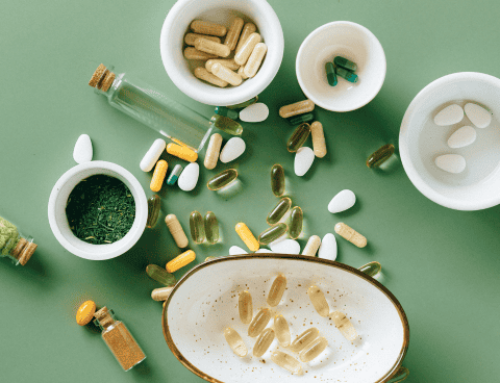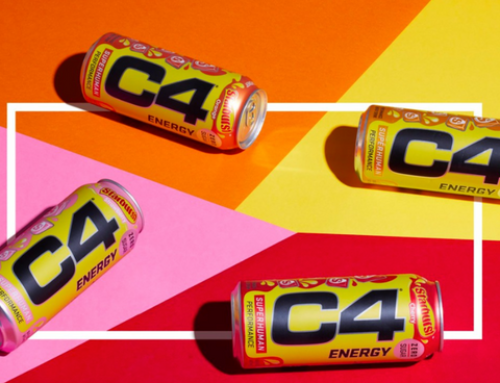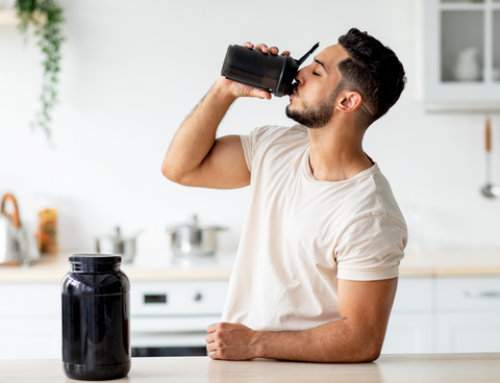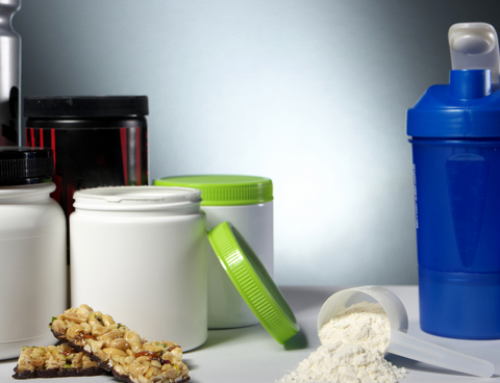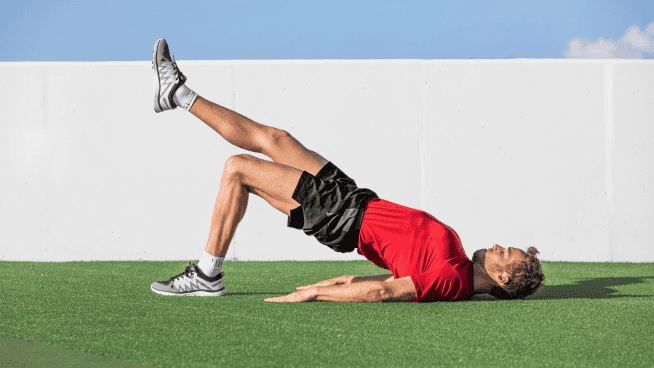Boost Performance With Energy Gels for Athletes
Athletes on intense training plans need carbohydrates and electrolytes, and STACK has presented several ways to ingest these essential nutrients. Now, let’s take a look at the latest craze for fueling athletes: energy gels.
Energy gels are not to be mistaken with energy drinks. The former is a legitimate tool in an athlete’s shed, whereas most energy drinks come overloaded with caffeine. Some gels do contain caffeine, but in limited amounts. An 8.3-ounce can of Red Bull has 80 mg of caffeine, compared to approximately 20 to 50 mg in gels, depending on the brand. The main difference is that sports gels focus on fueling with real energy—carbs and electrolytes—instead of caffeine.
Currently, gels are popular with endurance athletes who have totally obliterated their energy stores with training runs pushing the two-hour threshold. The gels’ small package size makes them convenient for athletes literally on the go who need energy to complete a long run.
A growing trend has anaerobic athletes switching from sports drinks to energy gels. Because gels are quickly absorbed into the bloodstream with no adverse affects, athletes from many different sports have hopped on the bandwagon.
One energy gel pack, containing approximately 25 grams of carbohydrate, can be consumed immediately before and/or during an activity. Compare that to a typical sports drink with a serving of 14 grams. After downing an energy gel, athletes experience a rise in their glucose levels within the first 15 minutes, which boosts performance without a bellyful of fluid sloshing around.
Sports medicine expert Elizabeth Quinn says athletes should consume water with energy gels. “During exercise, it is important to replace fluids lost through sweating. If an athlete uses carbohydrate gels during exercise, it is recommended that they add adequate water. A 1.4 oz. gel pack requires approximately 500 ml of fluid to absorb correctly.”
Once deemed a passing fad, energy gels have proven to be a viable alternative to sports drinks. They deliver more carbs and electrolytes, and they’re a convenient solution for athletes in search of a fast, healthy dose of energy.
Source: SportsMedicine.About.com
Photo: prweb.com
RECOMMENDED FOR YOU
MOST POPULAR
Boost Performance With Energy Gels for Athletes
Athletes on intense training plans need carbohydrates and electrolytes, and STACK has presented several ways to ingest these essential nutrients. Now, let’s take a look at the latest craze for fueling athletes: energy gels.
Energy gels are not to be mistaken with energy drinks. The former is a legitimate tool in an athlete’s shed, whereas most energy drinks come overloaded with caffeine. Some gels do contain caffeine, but in limited amounts. An 8.3-ounce can of Red Bull has 80 mg of caffeine, compared to approximately 20 to 50 mg in gels, depending on the brand. The main difference is that sports gels focus on fueling with real energy—carbs and electrolytes—instead of caffeine.
Currently, gels are popular with endurance athletes who have totally obliterated their energy stores with training runs pushing the two-hour threshold. The gels’ small package size makes them convenient for athletes literally on the go who need energy to complete a long run.
A growing trend has anaerobic athletes switching from sports drinks to energy gels. Because gels are quickly absorbed into the bloodstream with no adverse affects, athletes from many different sports have hopped on the bandwagon.
One energy gel pack, containing approximately 25 grams of carbohydrate, can be consumed immediately before and/or during an activity. Compare that to a typical sports drink with a serving of 14 grams. After downing an energy gel, athletes experience a rise in their glucose levels within the first 15 minutes, which boosts performance without a bellyful of fluid sloshing around.
Sports medicine expert Elizabeth Quinn says athletes should consume water with energy gels. “During exercise, it is important to replace fluids lost through sweating. If an athlete uses carbohydrate gels during exercise, it is recommended that they add adequate water. A 1.4 oz. gel pack requires approximately 500 ml of fluid to absorb correctly.”
Once deemed a passing fad, energy gels have proven to be a viable alternative to sports drinks. They deliver more carbs and electrolytes, and they’re a convenient solution for athletes in search of a fast, healthy dose of energy.
Source: SportsMedicine.About.com
Photo: prweb.com


